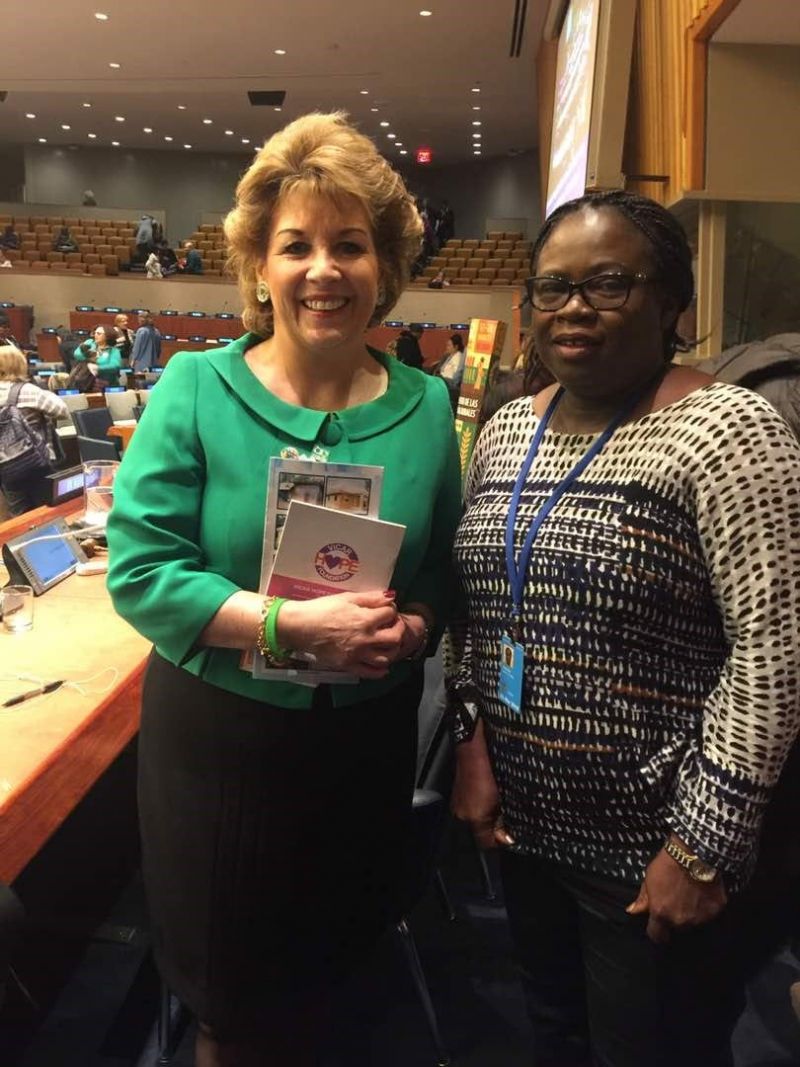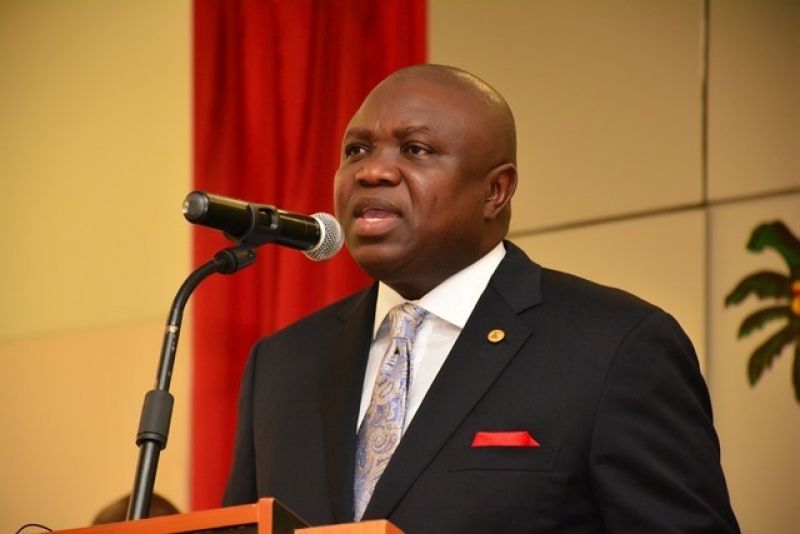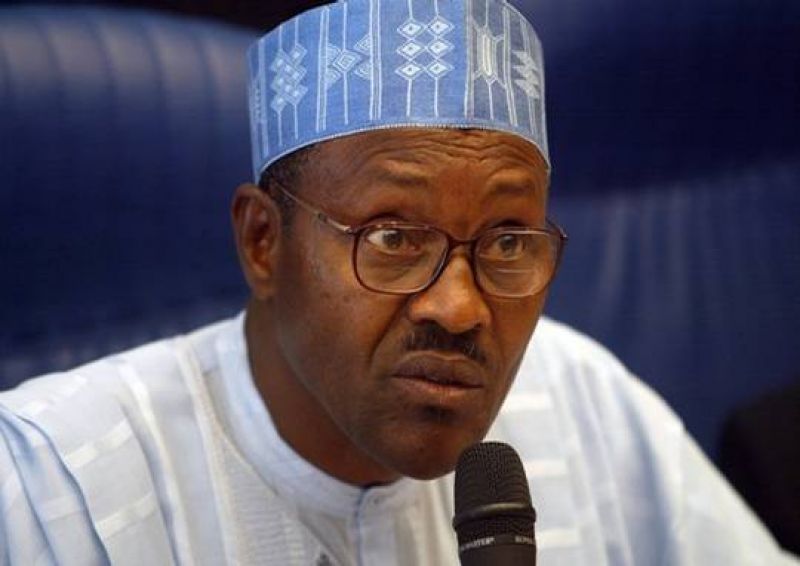THE EMBATTLED TEXTILE INDUSTRY, GDP, GARMENT MARKERS AND JOB CREATION
Posted by Obinna Oriaku | 8 years ago | 2,638 times

Some 25-30 years ago, the story of the Nigerian textile industry was that of boom, growth and hope. That was the period when the industry had about 180 mills in operation, an annual growth rate of 67 percent, employed over 350,000 people who constituted 25 per cent of workers in the manufacturing sector.
The same story, when told today, would sound stranger than fiction because the industry has almost lost all save 25 mills, most of which are running at less than 40 per cent of installed capacity and employing just 25,000 people.
That this industry which held out hope for the industrial growth of our dearly beloved country has been allowed to ‘die’ leaves a sour taste in the mouth, more so when the circumstances and /or factors that brought its sorry-situation are not beyond the control of managers of the country’s economy.
We are not unaware of government’s response to the sickness in the industry in 2010 by placing a ban on importation of textile fabric, but like most restrictive trade policies in this country, this failed to bring about the relief that was intended but boosted the smuggling industry which made continued influx of textile fabrics into the country possible.
The industry appeared to be booming, but that was mere motion without movement because, though smuggled imported textiles accounted for over 85 per cent of fabric sold locally, they brought no revenue (gross domestic income) to government.
The smuggled goods were cheaper than the locally produced ones and the reason was that the cost of financing from local banks was so high (just as it is today) that while interest rate on loans in Nigeria were close to 30 per cent, similar loans in China could be obtained at less than 6 per cent rate. Thus making it much easier for Chinese firms to acquire new equipment and produce at cheaper cost.
Added to this is the unreliable electricity supply which pushes manufacturers to opt for costly independent power supply sources and, according to data from the International Textile Manufacturers (ITMF), power accounts for about 15 per cent of production cost.
It is fascinating to note that the annual global output of textile firms is estimated at over $400 billion, half of which comes China. A variety of fabrics are used by different cultures and regions. The most popular fabric type among sub-Saharan Africans is the African Print fabric. This fabric is an integral part of African culture with annual sales volume of 2.1 billion yards at average production cost of $2.6 billion and retail value of $4billion.
We believe that, with the right environment and appropriate policies (like the Abia State Government, led by Dr. Okezie Victor Ikpeazu), Nigeria can lead this market. It is worrisome that China and India account for 60 percent and 21 percent respectively of African print fabric production. It is all more worrisome that, on the consumption side, West Africa accounts for 65 percent of the market with Nigeria accounting for 38 percent of total demand for African print fabric.
As the drive for diversification of the economy gathers momentum and more attention in the wake of dwindling oil revenue, it is pertinent that our national economic planners beam their searchlight on the textile industry given its enormous potential for Job Creation.
Though it seems unlikely that the country does not have a good advantage in textile manufacturing as local textile firms have failed to thrive in the midst of the influx of foreign textile, yet a close look at the cost determinants shows it has a competitive edge in textile manufacturing over the largest producers in the world.
Auspiciously, the Abia State economic policies and programmes are such favourable to the markets as well the industrial revolutions has given rise to the revamping of the moribund industries in the state; international glass industry in Aba and the golden guinea breweries while the Aba textile mill will take it turn in due curse. The value chain is expected to capture lots of youths.
It is also pertinent that the youths will key into the various entrepreneurship programmes of the Abia state government earmarked to better the lots of Abians such as garment making.
Mr. Obinna Oriaku is the Commissioner for Finance, Abia State.
Readers Comments
comment(s)
No comments yet. Be the first to post comment.








